While life on earth was slowed down by the pandemic, it could not stop scientists from looking beyond the globe.
The year saw some truly groundbreaking developments in the field of science and technology, from planting crops in space to self-driving Robotaxi services on the road.
Here is a glimpse at some of the most interesting scientific discoveries and technological achievements of 2020:-
Covid-19 Vaccine

The first vaccines against Covid-19 created using Messenger RNA produced by Pfizer/BioNTech and Moderna. It marks the fastest production and approval of vaccines, taking just 10 months.
The Pfizer vaccine shows 95% effectiveness in avoiding symptomatic infection with Covid. Although the Moderna vaccine is 94.1% successful in preventing Covid-19 from becoming symptomatic.
Plastic-eating ‘super-enzymes’

Scientists developed plastic-eating “super-enzymes” to solve a different ecological problem that can break down bottles in days.
The enzymes break down a common form of plastic called polyethene terephthalate – used in single-use bottles as well as clothing and carpets – into its chemical building blocks.
Water on the moon
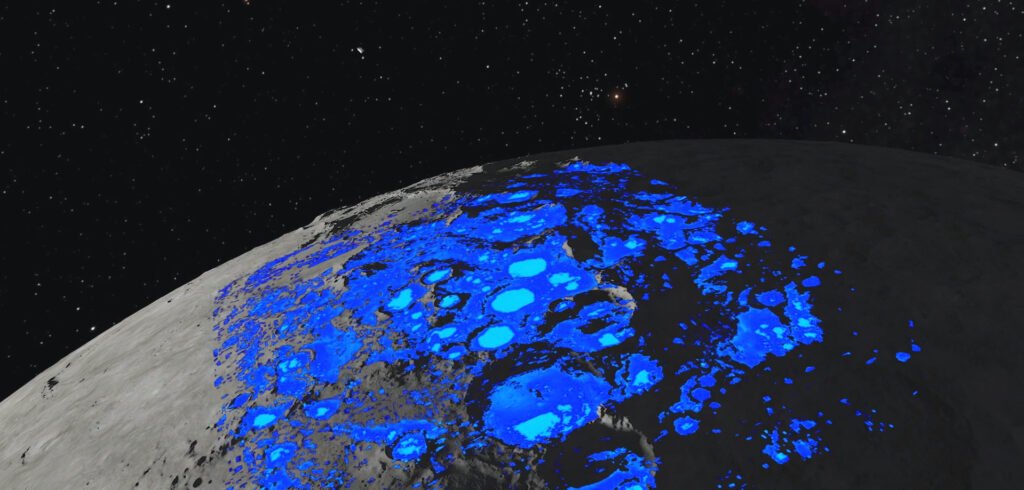
Nasa has confirmed that they have detected water on the surface of the Moon for the first time. In the sunlit areas of the Moon, Nasa confirmed the existence of a water molecule, H2O. This suggests that the lunar surface is widely dispersed by water.
However, the Moon is so dry that as a contrast, the Sahara Desert has 100 times the amount of water than what the SOFIA mission found in the lunar soil.
In the Clavius Crater, water molecules have been detected. In the southern hemisphere of the Moon, the crater is located and is one of the largest craters visible from Earth.
The first crop harvested in space

Onboard the International Space Station, Nasa astronaut Kate Rubins collected radish plants growing in the Advanced Plant Habitat (APH).
For the return trip to Earth in 2021, she carefully gathered and wrapped in foil each of the 20 radish plants, placing them in cold storage.
The plant experiment is the first time Nasa has grown radishes on the orbiting laboratory in the APH.
Do aliens exist?
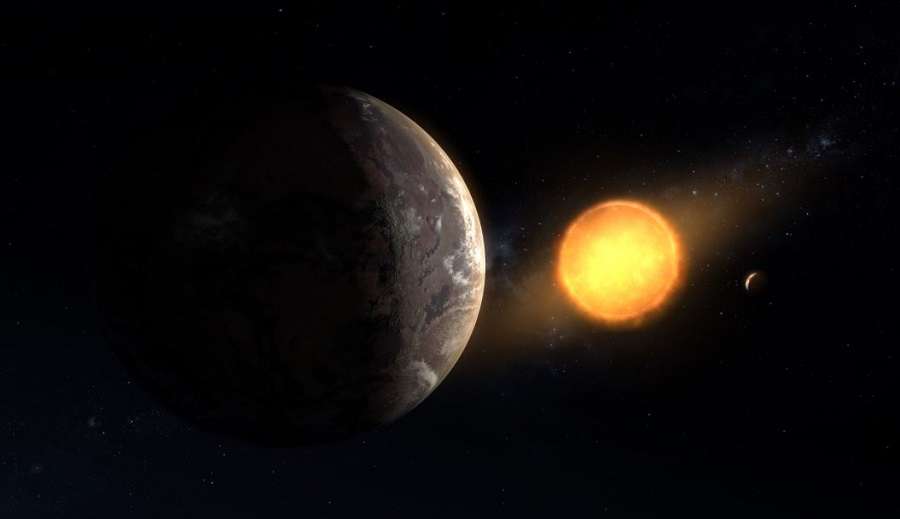
Scientists got one of the first signs of detecting an exoplanet in the radio realm. The first possible radio pulse is thought to emanate some 51 light-years out from a world outside the solar system.
In the constellation Cancer and Upsilon Andromedae systems, the researchers have observed other possible exoplanetary radio-emission candidates.
Driverless Robotaxis

Waymo is the first company to provide self-driving vehicle services to the general public without a human supervisor in Chandler, Arizona. A fully operating, electric, autonomous vehicle that is built for dense, urban environments has also been unveiled by autonomous vehicle manufacturer Zoox.
Robotaxi can make it a very affordable option for customers by removing the need for a human chauffeur.
Nasa’s Mars 2020 mission
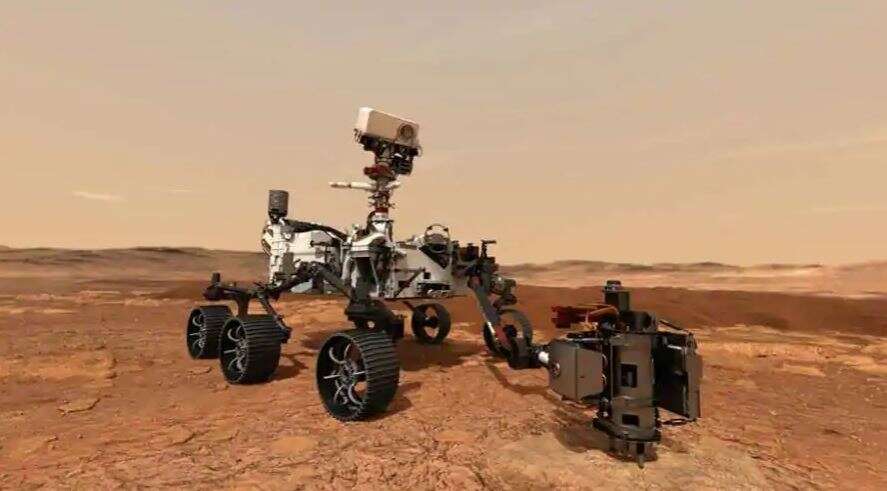
Mars 2020 is a Mars rover mission by Nasa’s Mars exploration programme that involves the perseverance rover and the ingenuity helicopter drone. In preparation for future human missions, it will study the habitable conditions on Mars.
World’s oldest meteor crater found
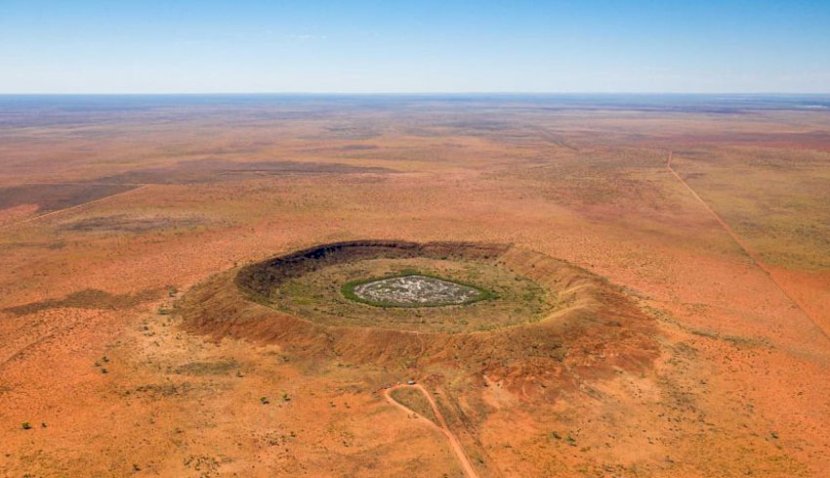
A crater in western Australia was created more than 2.2 billion years ago by a meteor strike is the oldest known impact site in the world. The discovery also poses the fascinating prospect that the huge impact may have altered the atmosphere of the Planet dramatically, helping to end an era of “deep freeze” globally.
Wind speed on a brown dwarf measured
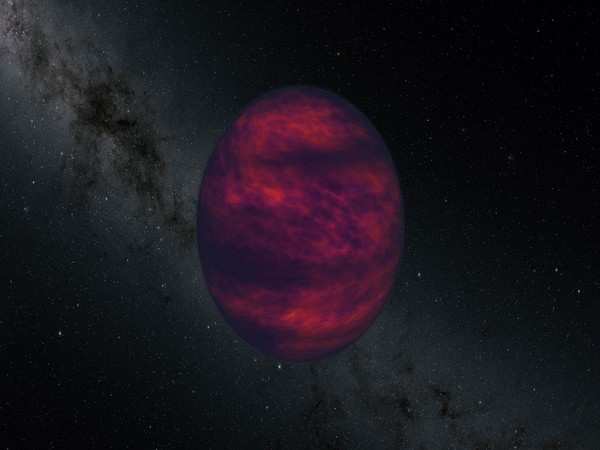
Scientists have directly measured wind velocity on a brown dwarf for the first time, a type of substellar object larger than Jupiter (the largest planet in our solar system) but not yet huge enough to become a star.

2 Comments
Pingback: KSTAR Fusion Reactor Accomplish Highest Duration for High-Temperature Plasma - Craffic
Pingback: South Korean Toilet Can Turn Poop into Green Energy and Digital Currency - Craffic